The music industry is a fickle thing, but ever since the invention of the radio, we as a society have shifted our perspective a great deal.
It’s all about IMAGE.
The reason for this topic is my reaction to this graphic from statista.com:
 First off, a big shout out to this company that dives deep into statistics and the psychology of graphic imagery. They are excellent at showcasing complicated information in a very friendly and understandable fashion. I don’t even get a commission from recommending them! I just love them that much.
First off, a big shout out to this company that dives deep into statistics and the psychology of graphic imagery. They are excellent at showcasing complicated information in a very friendly and understandable fashion. I don’t even get a commission from recommending them! I just love them that much.
This article’s organization:
- Image
- Sources of Income
- Life of a Musician
- Possible Solutions
- Conclusion
So above is the main graphic that inspired me to talk about the fundamental problem with the music industry. Though this may be considered more a “rant” written by yours truly, I hope to bring about some thought-provoking rhetoric in this article.
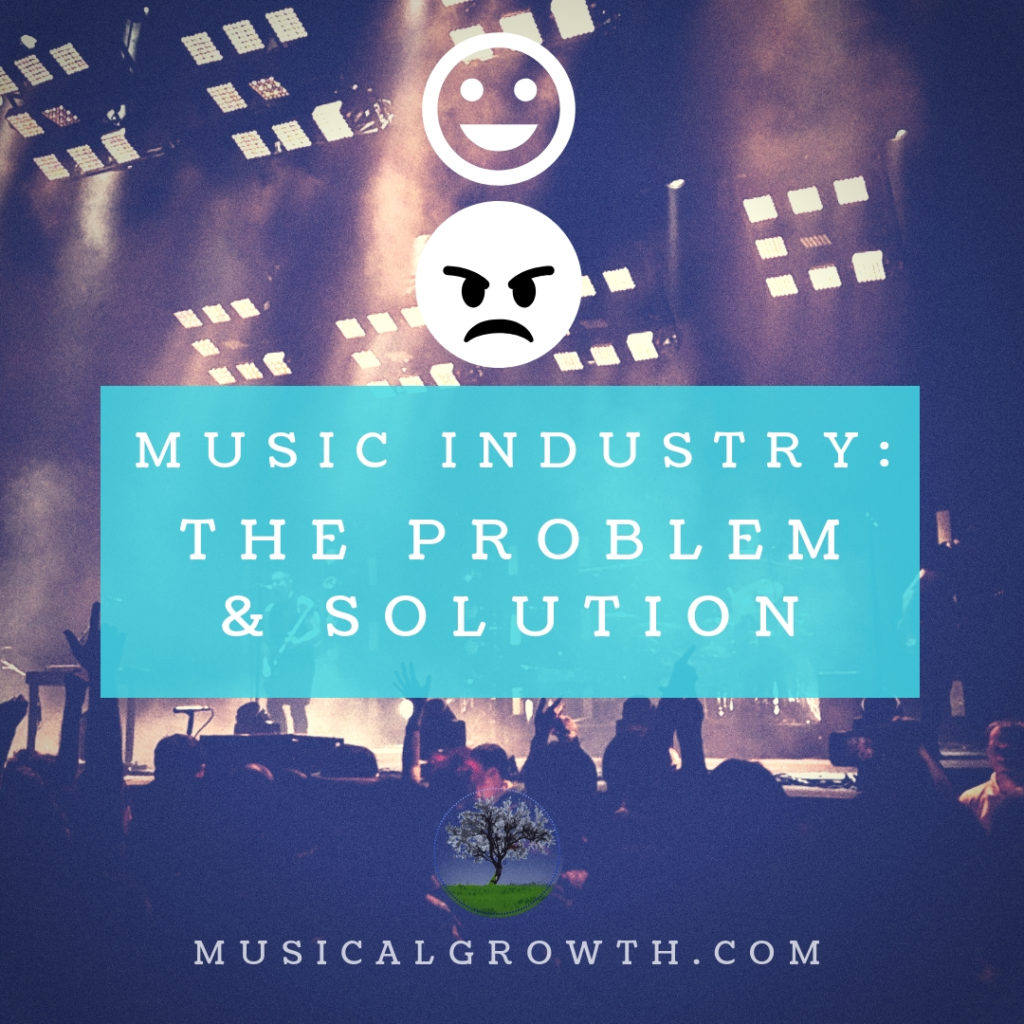
Image
Ever since MTV came out in 1981, the “image” or look of a band has become nearly as important as the musicians themselves.
Back in the day during the time of radios, I’m sure there was a prejudice of the recording quality of the music – for example, people may have unknowingly judged a band’s ability too quickly based off the recording quality and the limits of old radio speakers (less frequency range).
Inevitably, the quality of the recording can affect our ability to perceive the “actual” quality of the music.
But, with MTV’s emphasis on “image” due to the heavy influx of music videos, the public was encouraged to judge a band’s appearance versus the quality of their sound. Or at least the priorities of judging the quality of a band was influenced.
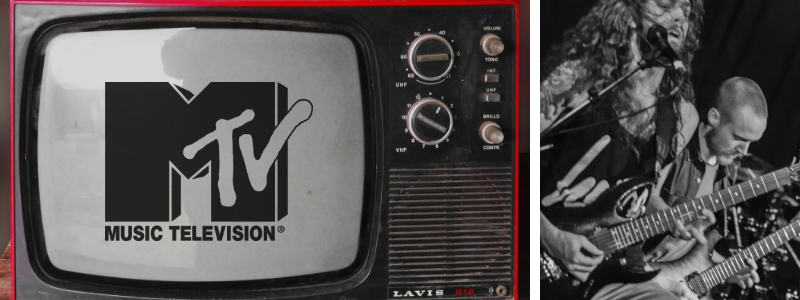
It happened to the Presidency too, when Franklin Roosevelt first appeared on TV. The take on the President was shifted once they saw an image associated with him.
Take this example to better explain the effect:
- When reading a book with only descriptions, the mind is allowed space to generate its own imagination. If I were to describe a man with blonde hair, blue eyes, an athletic look with determination in his eyes and a full head of hair, one might picture someone very successful. If I then show a photo, details I left out in the description become apparent. This man’s clothes are tattered and his hair is dirty. Maybe upon closer examination, the man is noticeably homeless.
- Now, if I were to show the photo of the homeless man first, details such as hair and eye color may not be noticed first. The first judgment would be that this man is homeless, not that he has a lean look about him.
This scenario can also be applied to music:
- If I were to play a recording of an orchestral piece showcasing a prominent symphony orchestra playing the Star Wars film score, the listener may love it in their own way. In other words, they’ll love the music without any distraction.
- If I were to show a video of the same recording, the eyes would gravitate toward the look of the orchestra alongside the audio. Maybe in this scenario, it’s a college orchestra in rehearsal without tuxes and just street clothes. Might that change one’s opinion?
EXPERIMENT
There’s a video below this text. I encourage you to try listening first without watching the video. Just press play and after a bit of listening, then look at the video.
This jazz-funk style group is wonderful to listen to, but you may have been caught off guard by the grunge look (or the dirty hipster look). This band, KNOWER, has extremely talented musicians who are going for a certain style that is popular among the “younger crowds.”
But. As you were listening without looking, what did your mind assume when listening?
- How old did you think they were?
- What did you think was the venue they were playing in?
- What did you think was their performance etiquette in the video?
You might be surprised to find out that one of the band leaders, Louis Cole, graduated from USC in 2009.
Interesting, huh? If you have more interest in music’s relationship to image, consider reading: Image and Music Philosophy.
Sources of Income
Taking a look at the first graphic at the top of this article, you’ll see that there are multiple forms of income for Billy Joel in 2016:
- Streaming
- Publishing
- Sales
- Touring
Now, within these separate income streams, there are multiple ways to go about gathering profits:
- Streaming (Spotify, GooglePlay, Amazon Music, all digital streaming services, etc.)
- Publishing (sheet music, melody royalties, tabs, etc.)
- Sales (albums, digital audio, merchandise, clothing, collectables, etc.)
- Touring (ticket sales, backstage passes, post-concert party fees, photo ops, etc.)
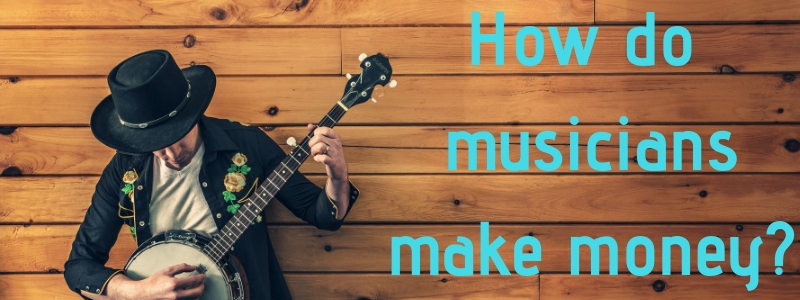
Why is it that the majority of people believe that musicians are able to live off JUST their music? Let’s assume here that the categories “streaming, publishing, and sales” is only music-related income. That would mean that:
- Only 5% of Billy Joel’s overall revenue is from music.
This is why I felt inclined to write about this graphic. I find this statistic shocking that a well-established musician like Billy Joel barely makes anything off their actual music. Everything else is from touring. Which means, essentially, that if Billy Joel was to stop touring, he’d lose 95% of his earnings.
How is a musician without the ability to tour able to support themselves? How is a musician able to make enough money without having tens of years to back up their name and their credibility as a musician?
Life of a Musician
Musicians in the real world, a.k.a. musicians who don’t reach the level of fame like Billy Joel, can’t necessarily tour. Especially if they want a family or hate travelling as much as most touring musicians.
Most musicians don’t feel comfortable selling their “image” or aren’t a natural salesman. In my experience, some of the best musicians are terrible as hustling and selling themselves.
Unfortunately, in today’s world, musicians are no longer just musicians. Even recording musicians need to be somewhat entrepreneurial. Even singer/songwriters of today have less opportunity to find managers or a record label because there isn’t as much need for them.
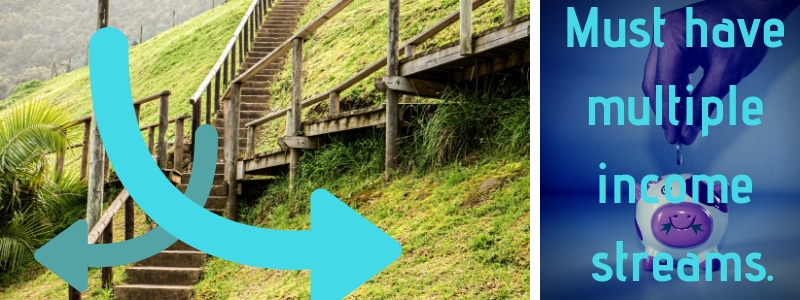
So let’s take a self-managing live performer in today’s climate and assess what roles they might have in reaching success or opportunity:
- Organizer/Management
- Music Composition/Writer
- Promoter (social media, general marketing)
- Graphic Design (online content, printables)
- Website designer and management
- Cold Calls (reaching out to potential clients or gigs)
- R & D (listening to competition or expanding horizons of knowledge)
- Business Connection (making friends, following up, collaborations)
- Financial Planner (how much to invest, paying for necessities)
- Recording artist, Music Producer, Audio Engineering (to publish music content without cost)
Basically, a self-starting musician has to do EVERYTHING themselves.
Unless they find a sponsor or receive help from parents/friends, everything needs to happen without cost. And usually, this involves learning how to do everything themselves in order to save on money.
But. If there is money, then you’re in luck.
Money can make an artist practically overnight. Pay all the right people and the “image” of an artist can exist – Rebecca Black is a fine example of this. Hire a composer, hire a videographer, hire a production artist and a marketing team and BAM. Seeds of passive income have been planted.
But what about the normal musicians without tons of money to invest in themselves who need to start making money NOW to support their craft?
Possible Solutions
Education.
Music education has been the long-standing form of financial security that many musicians throughout history have depended on in order to “get by.”
This involves:
- Private teaching (personally managed studio)
- Institutional teaching (private or public school)
- Professorship (college or university level)
Apart from private teaching, these options take more education or certificates in order to meet the job requirements. And more degrees/certifications involve more money – all of which is an investment in the musician themselves. It’s sometimes a rabbit hole! Teaching at a public school takes credentials and private school teaching eventually leads toward credentials due to the need for a pay raise. Professorship takes at least a Masters, but either way, more money or student loans is needed to live off music education positions.
Other solutions, besides education, can be found ONLINE.
I am convinced that the internet is the way of the future for the music industry. The problem with many live performance opportunities is that there is a finite limit to the number of people in attendance. Online ventures are almost limitless with the number of people who can involve themselves in a musician’s work.
Take these online hubs as an example:
- Kickstarter.com
- Fiverr.com
- Patreon.com
- YouTube.com
- Bandcamp.com
- ConcertWindow.com
- ReverbNation.com
- Pond5.com
- AudioJungle.com
All these websites are online communities that cater or involve the working online musician. And many people are actually making a living! The problem is you need time.
It is generally accepted that startup companies take about two years to begin making a profit. From what I’ve found after analyzing the top 30 Patreon musicians is that it takes about 2 to 3 years before enough substantial money can be made online (at least making enough to support yourself through music creation).
Conclusion
So if you’re a musician, stop waiting! You need to get your foot in the door when it comes to online avenues.
My biggest advice? Start now on ONE website and stay consistent, determined, and patient. It’s fine to have multiple websites or social media channels to strengthen your online presence, but no matter what, make sure you continually update and work on a single website community.
Once you generate traffic through one source, it can be easily directed to many other places.
I hope you found this article useful!
I know there is a lot of worries when it comes to being a musician, but remember that musicians need to change their way of thinking. Traditional ways of “making it” as a musician can be difficult to secure, but online avenues are the best and the opportunities are abundant. You just need to know how to look for them and of course, accept the change.
REMEMBER. Everything online is about IMAGE. Music is important too, but remember that the image of the musician and their professionalism (even the detail of their website) is almost more important. Especially when trying to appease first impressions.
If you’re curious about how I built this website as a musician, I invite you to read this article: Making Money Online
Feel free to leave a comment. I promise to read all of them and reply to them as well.
Thanks for reading,
Chase


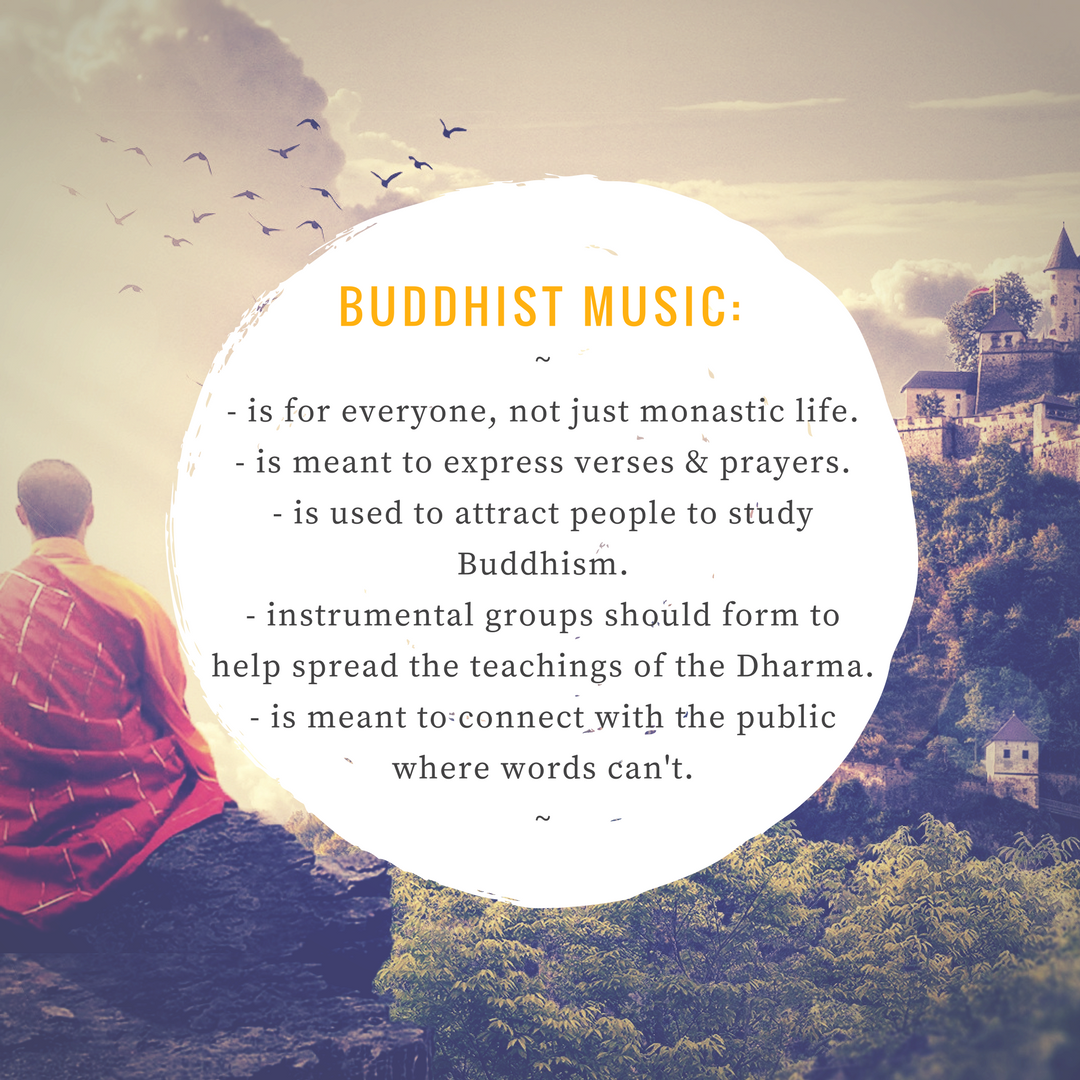
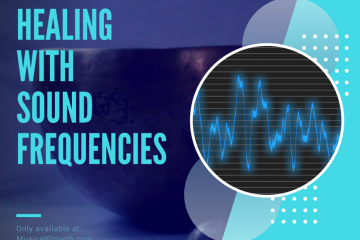
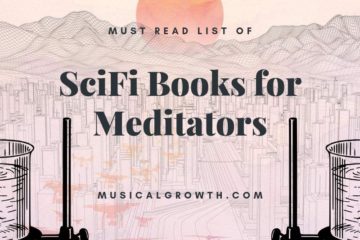
2 Comments
Simon Edhouse · October 26, 2018 at 12:07 am
Some good points, and observations. If you are interested in looking at an effort to institute broader macro changes to the global music ecosystem, you may want to have a look at this article: https://medium.com/@Bittunes/why-we-started-bittunes-3ab0b63bfad4
Chase Chandler · November 30, 2018 at 12:30 pm
Looked into this and found a lot of good things about BitTunes – interesting that I haven’t heard of them yet! Thanks for sharing this.